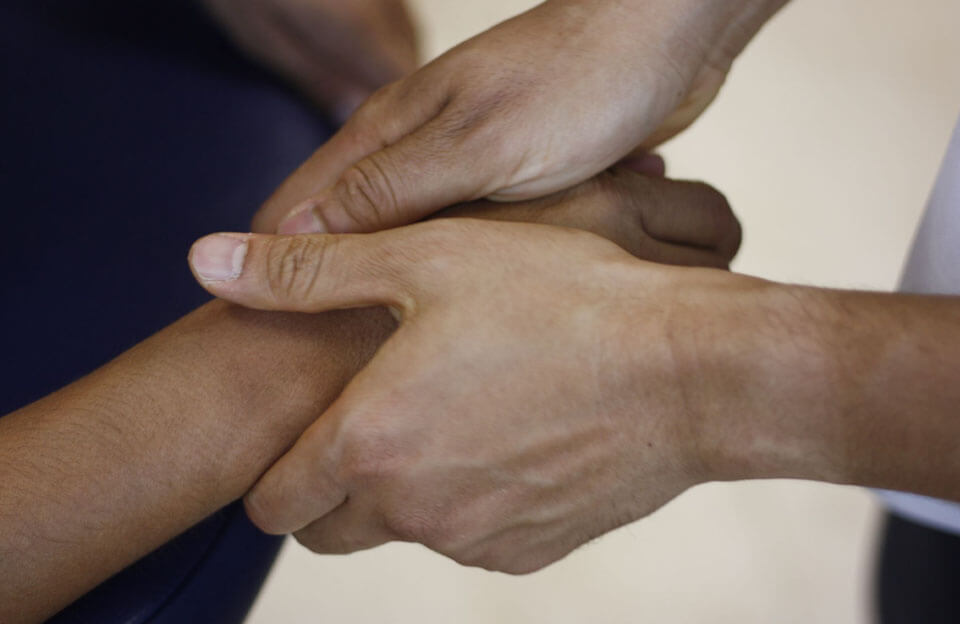In today’s fast-paced world, managing our health can often feel like an overwhelming task. For those dealing with diabetes or struggling to control blood sugar levels, finding simple yet effective solutions is crucial. One such solution lies right at our feet: walking. Incorporating a regular walking routine into your daily life can make a significant difference in managing blood sugar levels and promoting overall well-being.

Understanding the Link Between Walking and Blood Sugar Control:
Physical activity, including walking, plays a vital role in managing blood sugar levels, especially for individuals with diabetes. When you engage in exercise such as walking, your muscles utilize glucose for energy. This process helps to lower blood sugar levels and increase insulin sensitivity, allowing your body to better regulate glucose.
Walking in Place
Walking in place is suitable for both outdoor and indoor settings. During rainy seasons or when unable to go outside, individuals with diabetes can practice walking in place at home.
Walking technique: Maintain good posture by standing tall, lifting your head, and engaging your core. Swing your arms as much as possible and try to lift your thighs high. The faster the pace of walking in place, the more calories you’ll burn per unit of time.
Benefits: Improves overall blood circulation, increases leg strength, and consumes energy, all of which are beneficial for controlling blood sugar.
Walking with Clapping Hands
Walking with clapping hands involves tapping your palms above your head and then behind your back alternately as you walk.
Walking technique: Tap your palms every two steps while walking, trying to take large strides forward.
Benefits: Relieves neck and shoulder stiffness, making it particularly suitable for individuals with diabetes experiencing lower back, waist, and shoulder pain.
Brisk Walking
Brisk walking, also known as power walking, is a moderate-intensity exercise that requires a certain level of physical fitness for individuals with diabetes.
Warm-up: Walk at a pace of 80-100 steps per minute for 5-10 minutes before brisk walking to prepare your body.
Walking technique: Walk at a pace of 100-120 steps per minute with large strides, aiming to achieve a heart rate of 170. Aim to walk approximately 5-6 kilometers each time, at least five times a week.
Cool down: Towards the end of the exercise session, slow down your pace and walk for 5-10 minutes, or perform stretching exercises for 5-10 minutes.
Benefits: Helps prevent cardiovascular diseases, osteoporosis, and plays a role in preventing and controlling diabetes.

Arm-Swinging Stride Walking
As the name suggests, arm-swinging stride walking involves swinging your arms vigorously while taking large steps to exercise your limbs.
Before starting the exercise, individuals with diabetes are advised to warm up for a certain period.
Walking technique: Swing your arms back and forth, with one hand swinging forward as high as possible above your head and the other hand swinging straight back as far as possible. Take large steps. Every thirty minutes, you can relax your arms appropriately.
Cool down: Towards the end of the exercise session, transition from vigorous arm swinging to gentle arm swinging and slow down your walking pace.
Benefits: Improves cardiovascular endurance, stretches muscles and bones, strengthens muscles, and aids in fat loss and weight reduction. Particularly suitable for overweight individuals with diabetes.
Final thought
Incorporating regular walking into your lifestyle can be a simple yet powerful strategy for controlling blood sugar levels and improving overall health. Whether you’re managing diabetes or simply aiming to optimize your well-being, the benefits of walking extend far beyond physical fitness. By taking proactive steps towards a more active lifestyle, you can enhance your quality of life and enjoy the many rewards of better blood sugar management. So lace up your shoes, step outside, and start walking towards a healthier, happier you.

